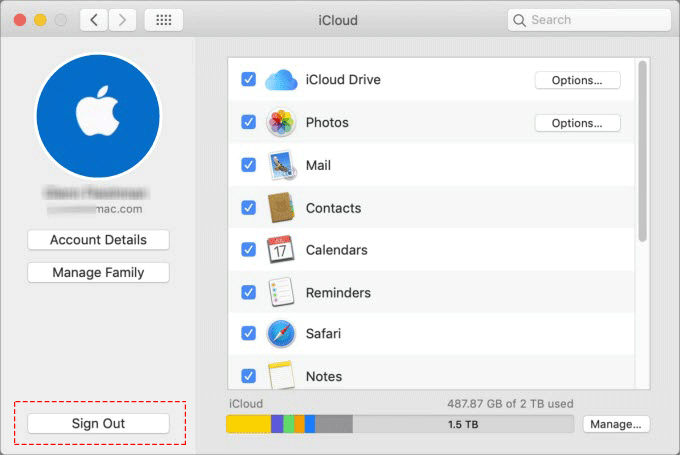
- Reset mac to factory settings 2008 install#
- Reset mac to factory settings 2008 drivers#
- Reset mac to factory settings 2008 password#
Step 8: In the resulting window, click Delete to confirm. Alternatively, with the Data drive selected, you can click the Minus button in the Disk Utility toolbar. Step 7: Select the Data drive, click Edit on the menu bar, and then select Delete APFS Volume on the drop-down menu. If you don’t have a Data drive, don’t worry - just skip ahead to step 9.

For instance, if your startup disk is Macintosh HD, you should also see a drive labeled Macintosh HD - Data. Also listed is another drive with the word “Data” appended at the end. Step 6: Your Mac’s startup disk is listed on the left, typically named “Macintosh HD” by default unless you renamed it.

Select Disk Utility on the list and click Continue. The MacOS Utilities pop-up appears on your screen.
Reset mac to factory settings 2008 password#
Step 5: After a few moments, enter your password as prompted. Keep holding them until your Mac shows either an Apple logo, a spinning globe, or another startup screen. Step 4: Once your Mac restarts, press the Command + R keys together. Step 3: Click the Apple logo in the top-left corner and select Restart on the drop-down menu. Apple stores this data remotely on its servers. Erasing your hard drive is simple, but once it’s wiped, you’ll need access to your Mac’s factory settings. Step 2: Make sure your Mac is connected to the internet, preferably through a wired connection. Step 1: For MacBooks, plug in the power adapter so there’s no danger of running out of battery power. Our simple step-by-step guide will help you erase everything on your Mac, reinstall MacOS, and restore your machine to its original factory settings.
Reset mac to factory settings 2008 drivers#
Well, the wisdom here is that if you depend on third-party drivers for normal functioning of your Mac. Thankfully, I had a second Mac that allowed me to create a bootable drive of macOS Catalina, and I went through the entire process again. After going through the installation process, I realized that the WiFi adapter drivers are not compatible with the new operating system. You can just go through the first tutorial and do both factory reset and fresh installation of the macOS operating system.Ī problem which is not related to Apple that I encountered was that I first tried installing macOS Big Sur Beta. So, I had to first create a bootable drive and then erase the Mac. The major issue with my computer was that I was using an external WiFi adapter. It might seem a bit hard at first, but if you follow the steps correctly, you won’t encounter any problem. My Experience on going through the ProcessĪpple has made the process seamless. Now boot your Mac while holding the option key, and it will show you the option for reinstalling the operating system. Just shut down your Mac and plug in the drive. Using the drive to reinstall macOS is simple. Release the keys when the Apple logo appears on the screen.Ĩ. To do that, shut down your Mac and then restart it while holding the CMD+R keys. The first step is to start your Mac in Recovery Mode. With that warning out of the way, let’s get started:ġ. And you won’t be able to recover the deleted data. That also means that you should create a backup of your data before proceeding with this tutorial as you will lose all your data. This is also handy when you are selling your Mac to someone as it ensures that no personal data is left on the device. If your Mac is showing its age or having problems, and you have tried all the troubleshooting methods, the final step is to reset it to its original state. My experience on going through the process.

Reset mac to factory settings 2008 install#


 0 kommentar(er)
0 kommentar(er)
